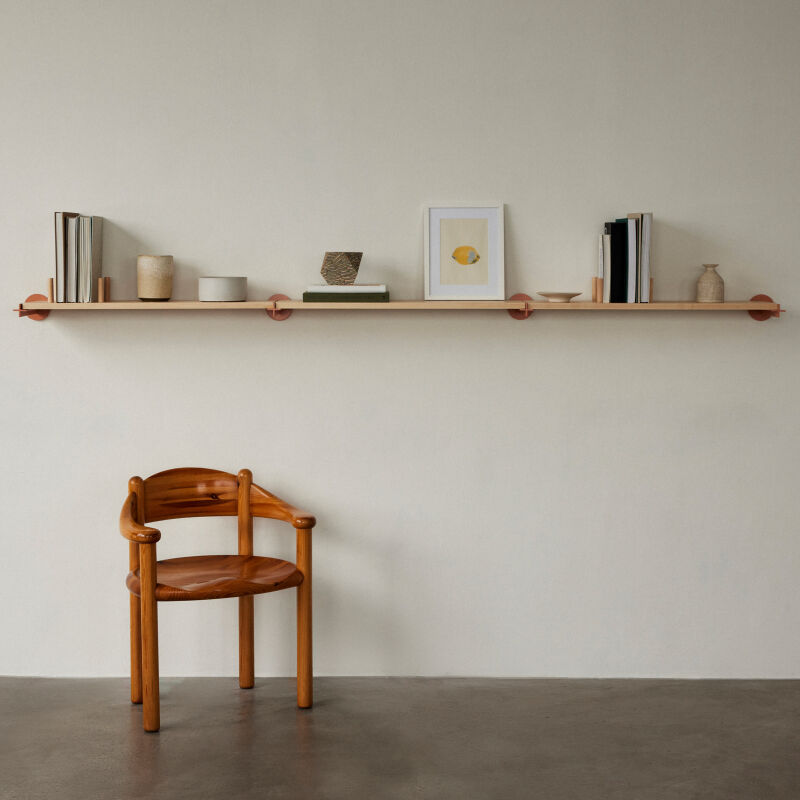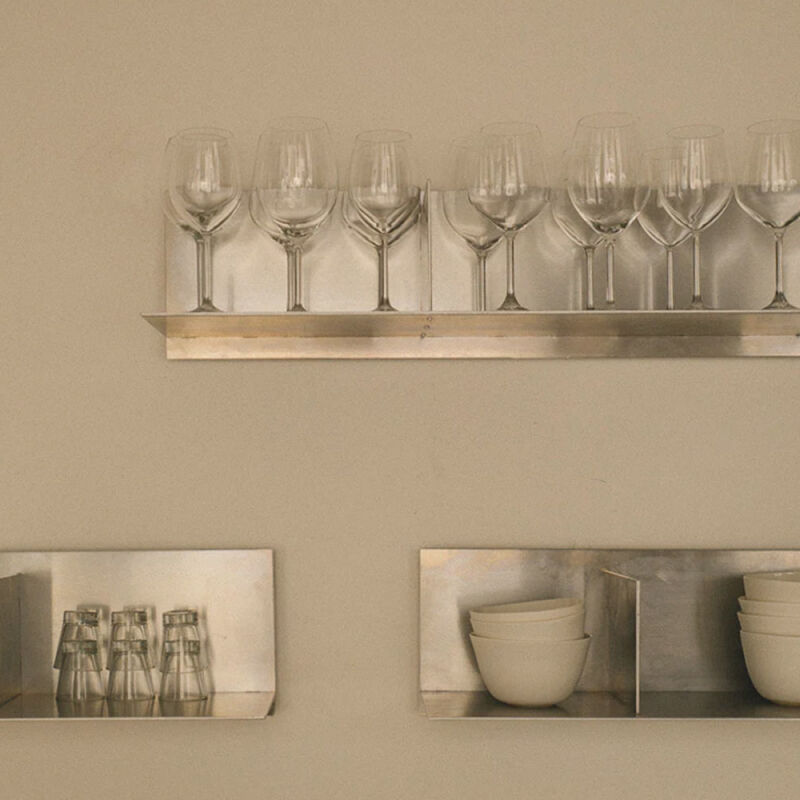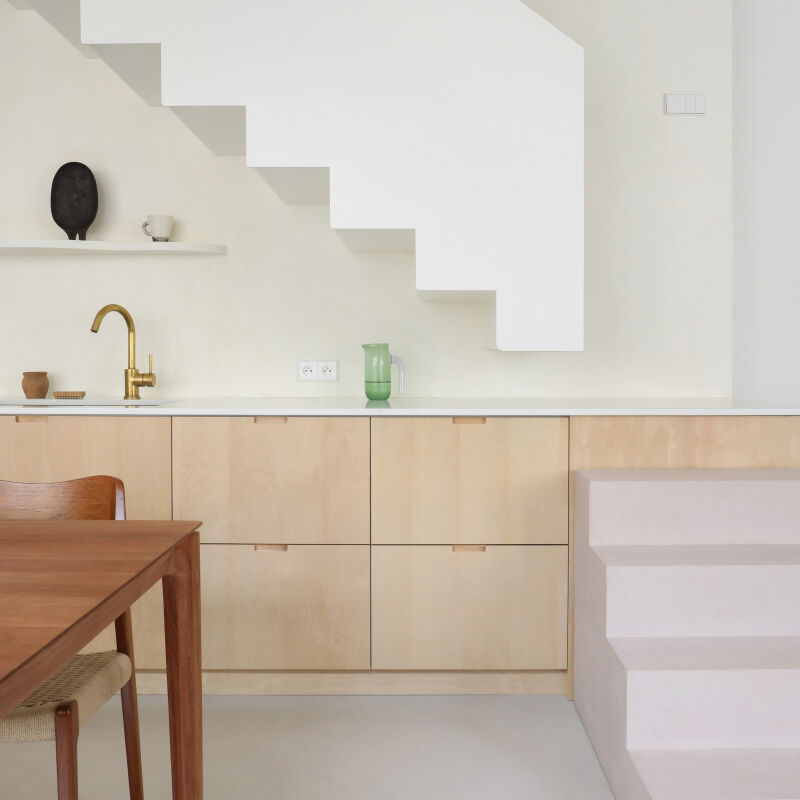When we were brainstorming places to include in our our new book, Remodelista, A Manual for the Considered Home, Julie put Dagmar Daley and Zak Conway’s remodeled SF Victorian at the top of the list. Two of the most original designers that we know, the couple both trained as architects–Dagmar now has her own children’s clothing line, Dagmar Daley–and apply an economical, hands-on approach to their own quarters.
Combining a Scandinavian-inflected aesthetic with a love of what antiques dealers classify as ephemera and smalls, they’re particularly adept at inventing clever storage and display solutions. You can tour their kitchen and bathroom in our book. Meanwhile, have a look at their ingenious bookshelf:
Photographs by Matthew Williams.


Above: Built into the back wall of the living room, the walnut design feature a sliding panel next to an inset desk. The shelves are 12 inches deep and the desk is 32 inches deep–the couple made use of hidden space (created when they inset a refrigerator on the other side of the wall) to insert the desk.

Above: The sliding panel completely covers the desk. Note the empty shelves on top, which keep the overall look from feeling too busy.

Above: The desk is 32 inches wide.

Above: Though small, the work area incorporates all of the office essentials, including drawers and a printer.

Above: A steel apron conceals the sliding panel hardware. Here’s Dagmar’s description of the sliding panel construction: “We used a top-hung sliding door fitting (the HAWA Junior 40/Z Fitting Set from Hafele Hardware) to support the 1-inch sliding door panel; a 1/4-inch groove at the bottom of the panel slots into a small pin on the floor that guides the bottom of the door.”

Above: A long-time flea market-shopper and collector, Dagmar is a master of multi-layered displays.

Above: A woodland-themed vignette.

Above: The artful displays continue on a living room wall near the front door.
N.B.: Dagmar will be selling her children’s clothing designs this Saturday at the Remodelista Holiday Market at Heath Ceramics.





Have a Question or Comment About This Post?
Join the conversation